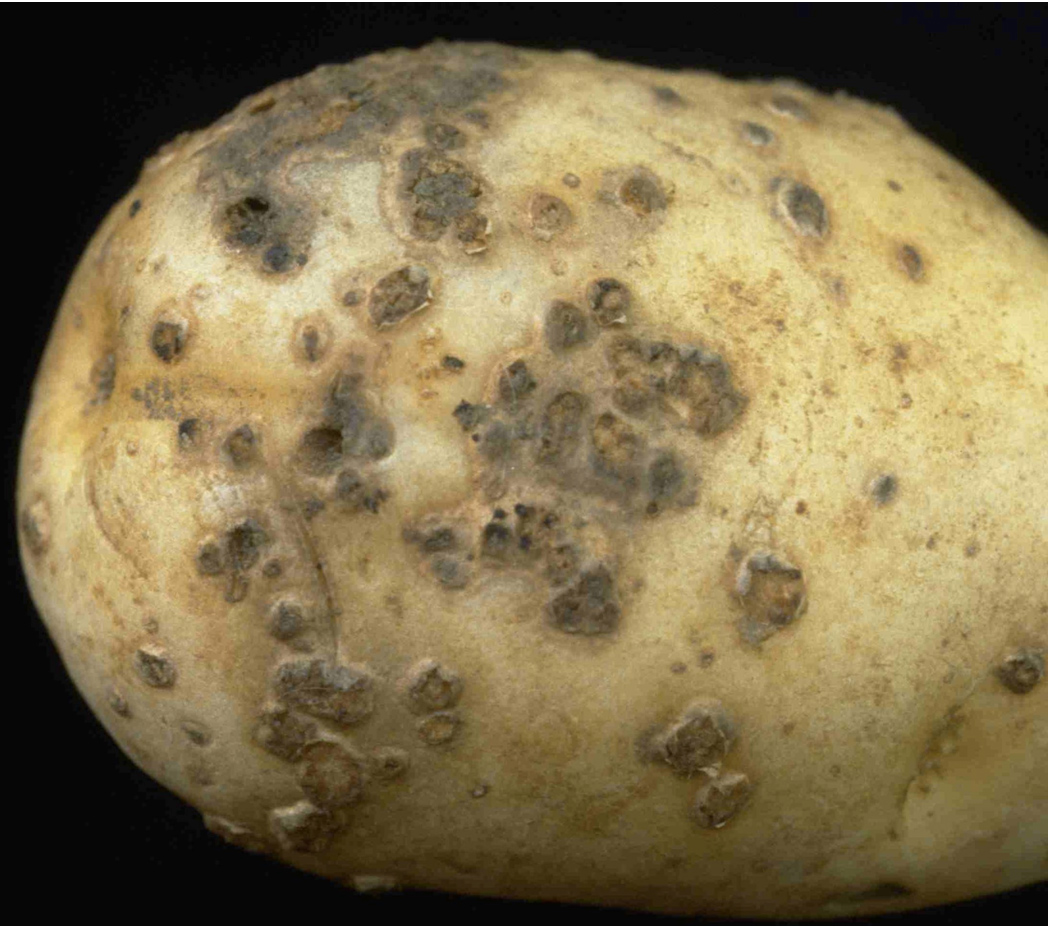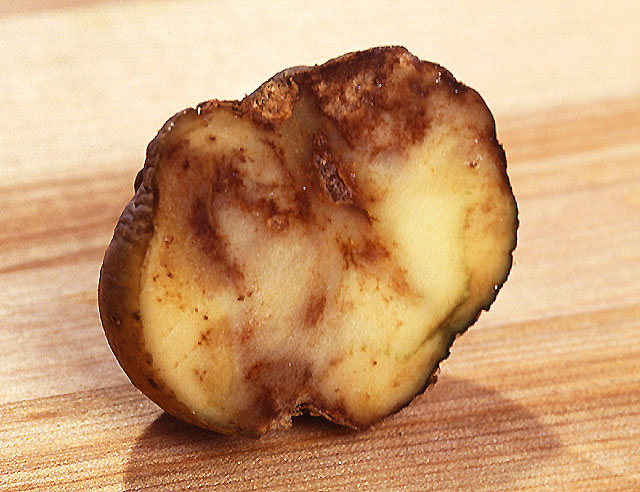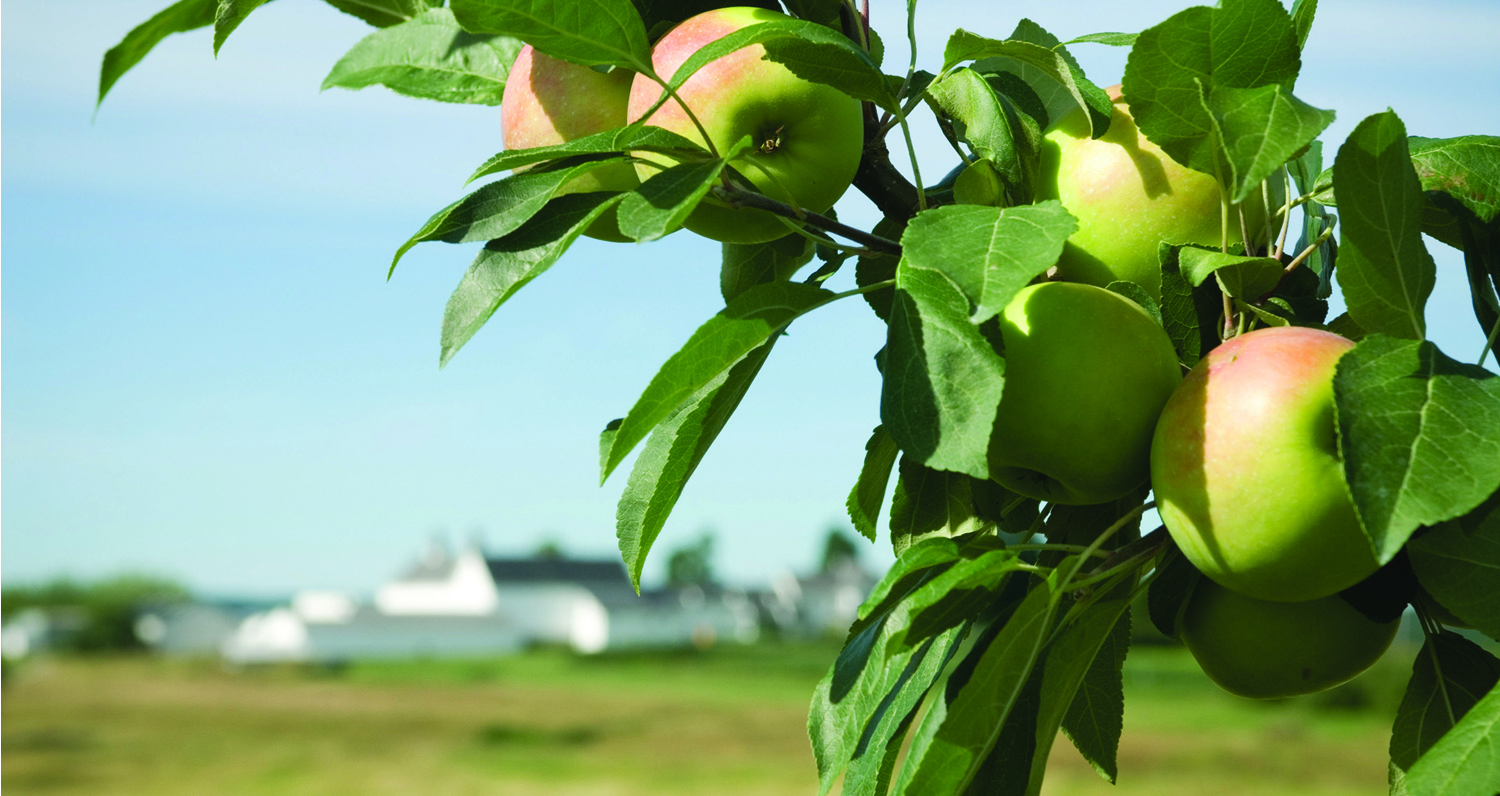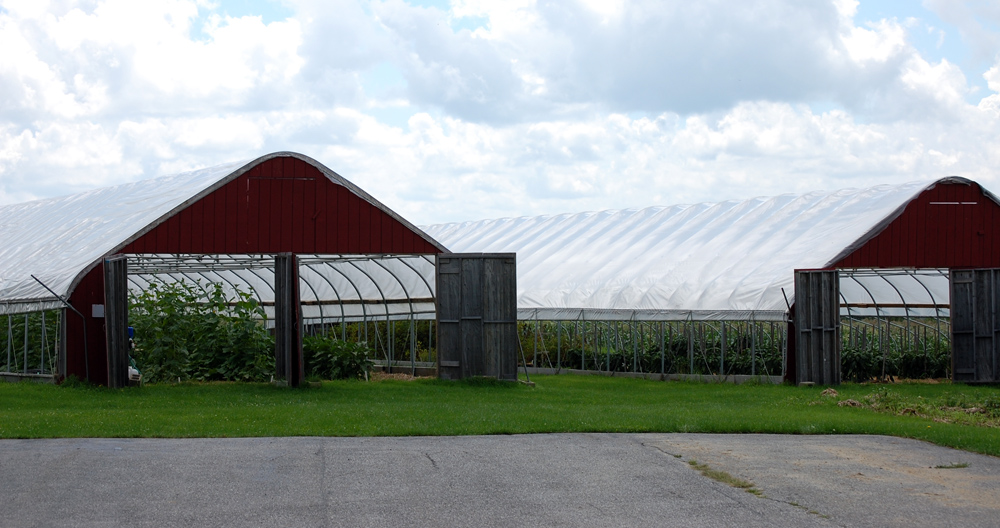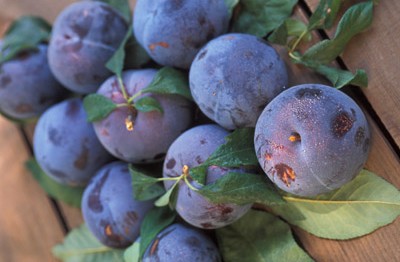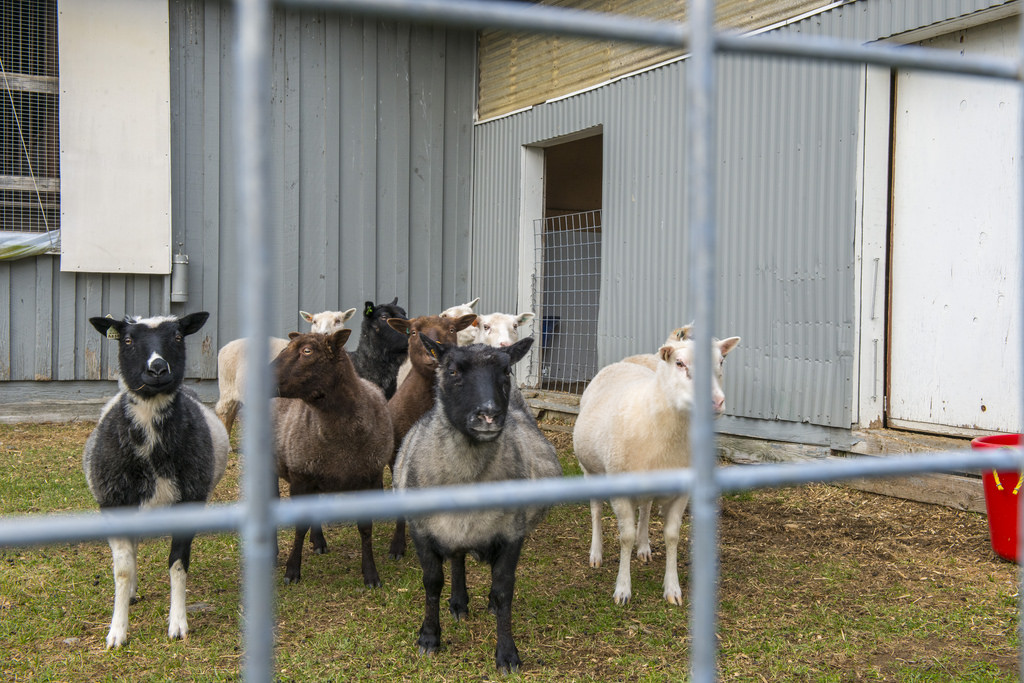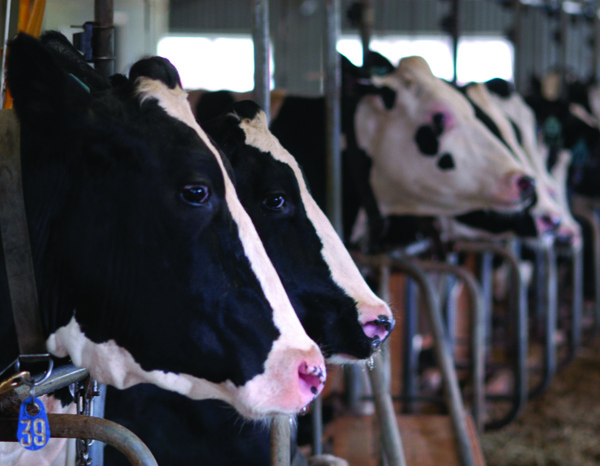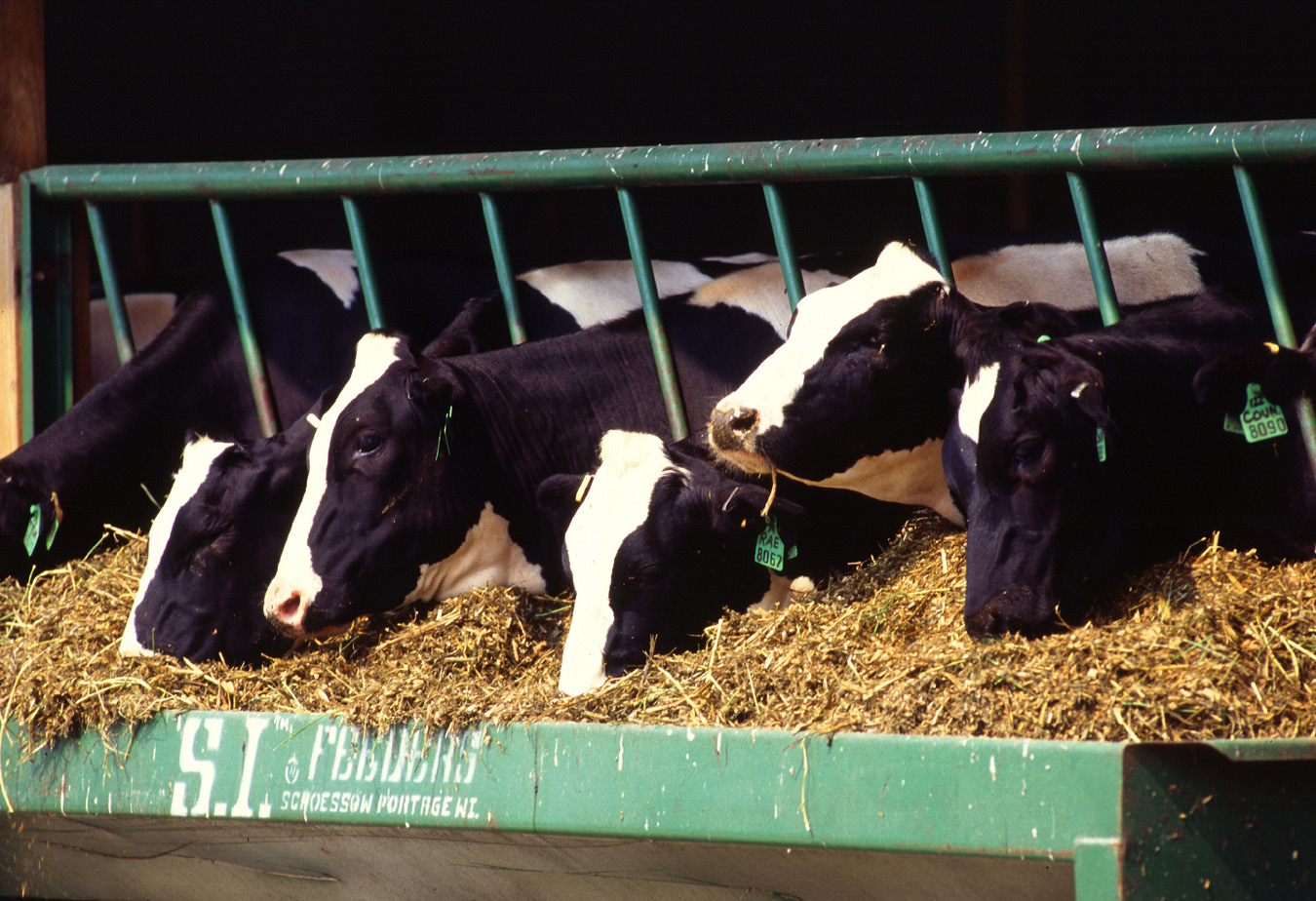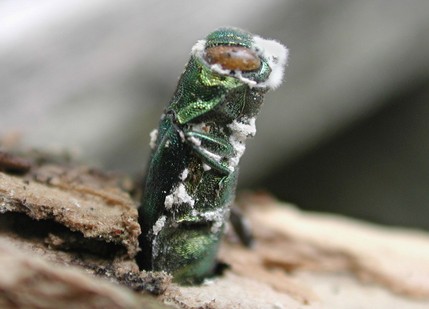Managing plant microbe interactions in soil to promote sustainable agriculture
Potato is the top-ranked vegetable crop in the US, and number one vegetable in Maine. The crop is attacked by many diseases, such as common scab. There is an urgent need for managing this disease due to significant economic losses and a lack of consistent and effective control methods. Evidence has shown that some soils […]
Read more
